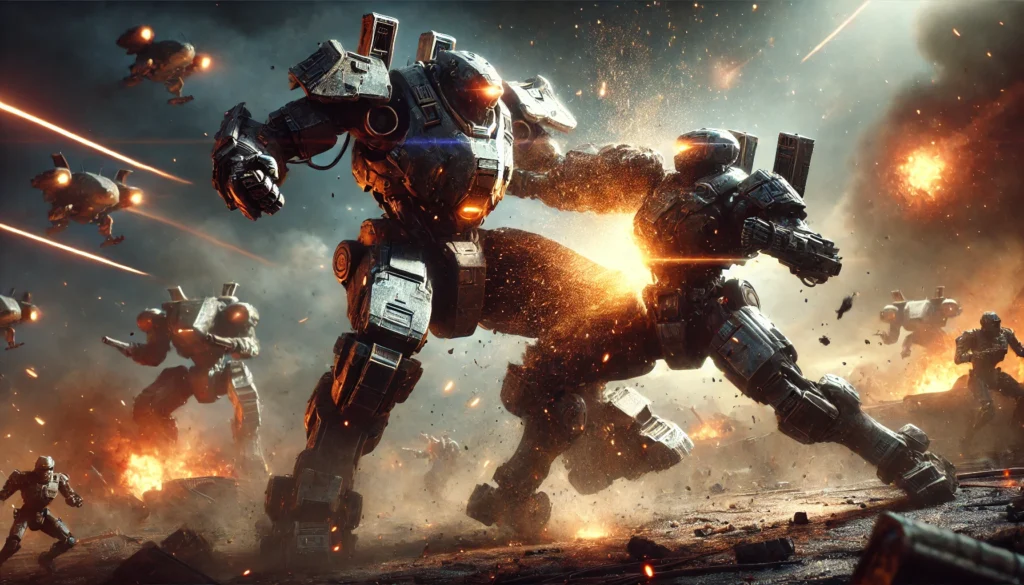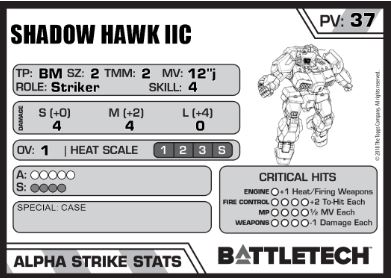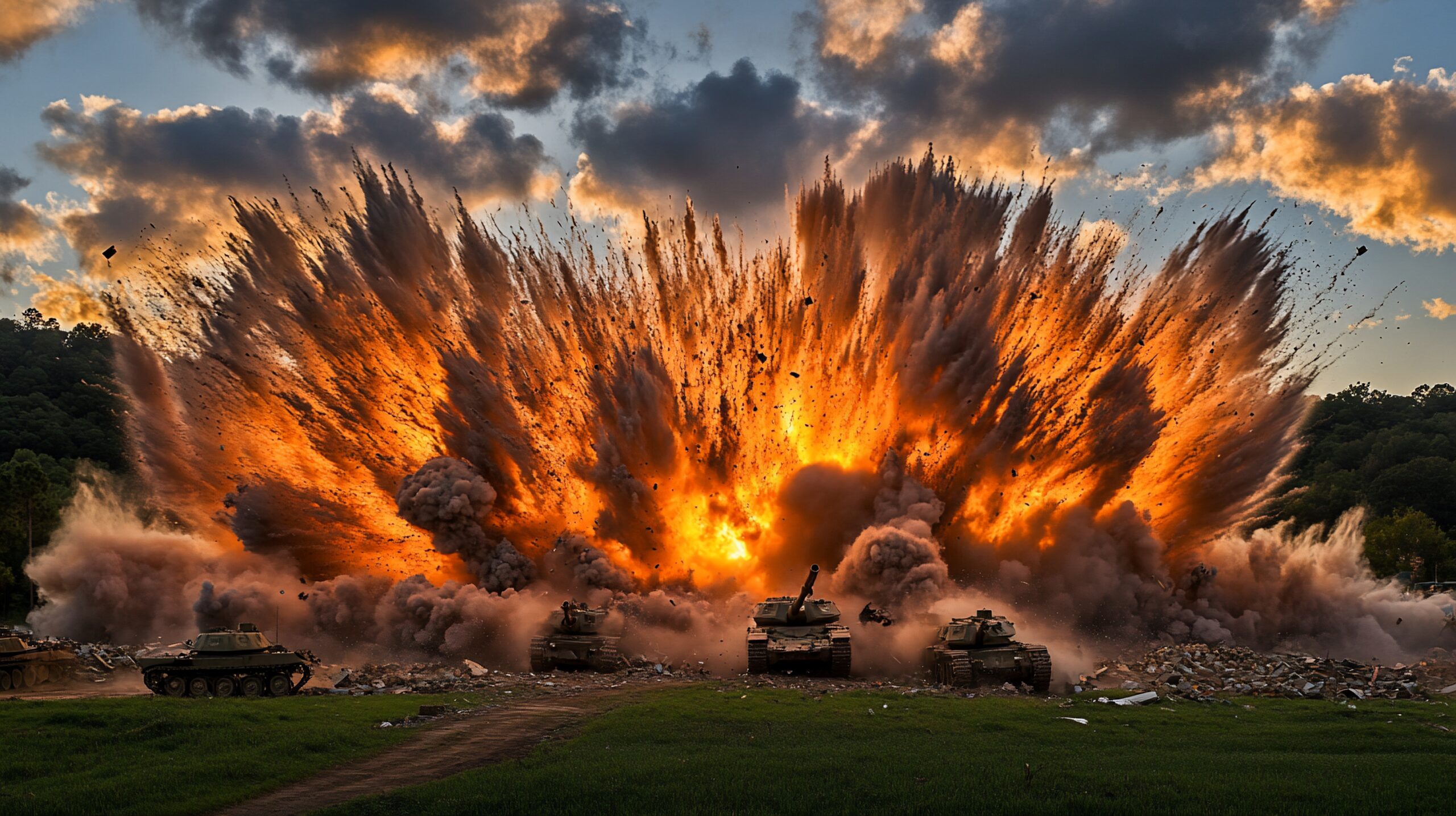Clan invasion: How new mechs and elementals are changing the gameplay in BattleTech
With the appearance of the Clans, the BattleTech universe has not only changed massively in the Lore – the invasion of the genetically optimized warriors of the Clans has also turned everything upside down on the gaming table. The BattleMechs of the Succession Wars are suddenly faced with a technology that makes them look old in many areas. In this article, we take a look at what sets the new Clan BattleMechs and Elementals apart and how they change the gameplay for good – especially with their superior weapon range and power.

The return of lost technology
In the centuries of the Succession Wars, technology was a precious commodity in the Inner Sphere. Many weapon systems, production methods and specifications were lost. BattleMechs were cumbersome, their weapons limited in range and efficiency, and repairs often improvised.
With the return of the clans in 3050, this technological stagnation came to an abrupt end. The clans had not only preserved the old technology in isolation, but had even developed it further. The result: in direct comparison, their BattleMechs look like they belong to a different era.
Range – the first shock on the battlefield
One of the most striking features of Clan technology is the increased weapon range. Where an IS mech (Inner Sphere) tries to land its first hits at medium range, Clan mechs often fire from a safe distance.
Examples:
- The clan laser weapons (e.g. ER Medium Laser or ER Large Laser) consistently offer more range with the same or even higher firepower.
- Gauss cannons or Clan ER-PPCs hit accurately at distances where IS mechs are often still moving to get into position.
- Even missile weapons such as the Clan LRM-20 benefit from a more compact design and greater efficiency.
On the gaming table, this means that clan players can open fire earlier, weakening their opponents on the way into battle while remaining outside the optimal range of IS weapons. Those playing against clans must learn to take damage before they even get into effective range.
In BattleTech Alpha Strike, this increased range of the clan weapons is usually expressed in one point due to the defined distances (short, medium and long): Higher damage value at long and medium range.
Impact – less is more
The next major strength is the power of the clan weapons. Compared to Inner Sphere weapons, Clan weapons are not only lighter and more compact, but also deal more damage. Even light and medium-weight Clan BattleMechs can deal enormous damage.
The difference in striking power with comparable tonnage is shown here using an example between a Clan and an Inner Sphere BattleMech in the middle category. The comparison between the Shadow Hawk SHD-3H (Inner Sphere technology) and the Shadow Hawk IIC (Clan):


With the same number of tons (45t), the clan mech has twice the penetrating power at medium and short range. And that with higher movement values at the same time. It is therefore not only better armed, but also more agile. Two deadly advantages in battle.
The consequence: Clan mechs need fewer weapons to deal the same or more damage, which in turn leaves more room for jump jets, heat sinks, additional weapons or armor. Efficiency is key – Clan designs are usually “min-maxed”, while IS mechs often have to make compromises.
The surprise on the floor: Elementary
It’s not just the clan mechs that bring a breath of fresh air – the elementals, the powerful battle tanks in Battle Armor, also present a new tactical challenge.
- Resistant: Elementals are hard to crack and can withstand hits that would instantly destroy normal infantry.
- Mobility: You can cling to mechs and deal damage at close range – a brand new tactical element.
- Versatility: With jump jets, SRMs and machine guns, they can be used against vehicles, mechs and infantry.
For Inner Sphere players, this means new threats on the battlefield that cannot be ignored without paying for them later.
Conclusion: The clans redefine the game
With their superior weapons, range advantages and resilient support units, the clans are noticeably changing the balance of the game. Those who oppose them must develop new tactics, make better use of the terrain and work more closely together in order to survive against their technical superiority.
This means for the game:
- More dynamics in battle
- Earlier firefights at greater distances
- Higher tactical demands thanks to new unit types such as elementals
What at first glance looks like a massive advantage for the clans actually opens up exciting new challenges for both sides – and provides fresh impetus on the BattleTech Alpha Strike gaming table.
Popular scenario: Inner sphere versus clan at the beginning of the clan invasion
A particularly popular and thematically strong game set-up is the battle between the Inner Sphere and the Clans at the beginning of the invasion in the year 3050. This phase of the conflict is characterized by unequal conditions, surprising encounters – and dramatic twists and turns.
The inner sphere: old technology, courage and improvisation
At the beginning of the invasion, the Inner Sphere fought almost exclusively with “old-school” BattleMechs, i.e. machines with technologies developed centuries ago. These mechs are often more cumbersome, less well cooled and carry less effective weapons. They are based on proven designs such as the WarhammerShadow Hawk or Awesome, which are robust but clearly inferior in terms of technology.
It was only over time – especially after the first battles with Clan units – that the Houses of the Inner Sphere began to upgrade their mechs with so-called “LosTech” elements. The first wave of modernized mechs (often known as “3050 variants”) used captured or reconstructed technologies:
- Double cooling systems
- Advanced target systems
- Improved reactors
- First tests with advanced clan-based weapons (e.g. ER laser, improved rocket launcher)
Nevertheless, a noticeable gap remained – both technically and tactically. The doctrine of the Inner Sphere was focused on mass production, positional combat and firing lines – in contrast to the fast, mobile warfare of the clans.
The Clans: Blitzkrieg in its purest form
The clans, on the other hand, operated with perfectly coordinated stars (groups of five mechs), competed in battles of honor and relied on rapid advances, precise fire and superior technology. The clans did not expect coordinated resistance – and were accordingly successful in the early stages.
For tabletop players, this creates an exciting asymmetrical conflict:
- The Inner Sphere is often superior in numbers, but has to work with coordination, cover and clever maneuvers.
- The clans have fewer units, but are superior in firepower, range and mobility – but must be careful with their limited number of elite mechs and pilots.
This setting is what makes it so appealing: David against Goliath, with the open question of whether tactics, courage and terrain can compensate for technological superiority.



